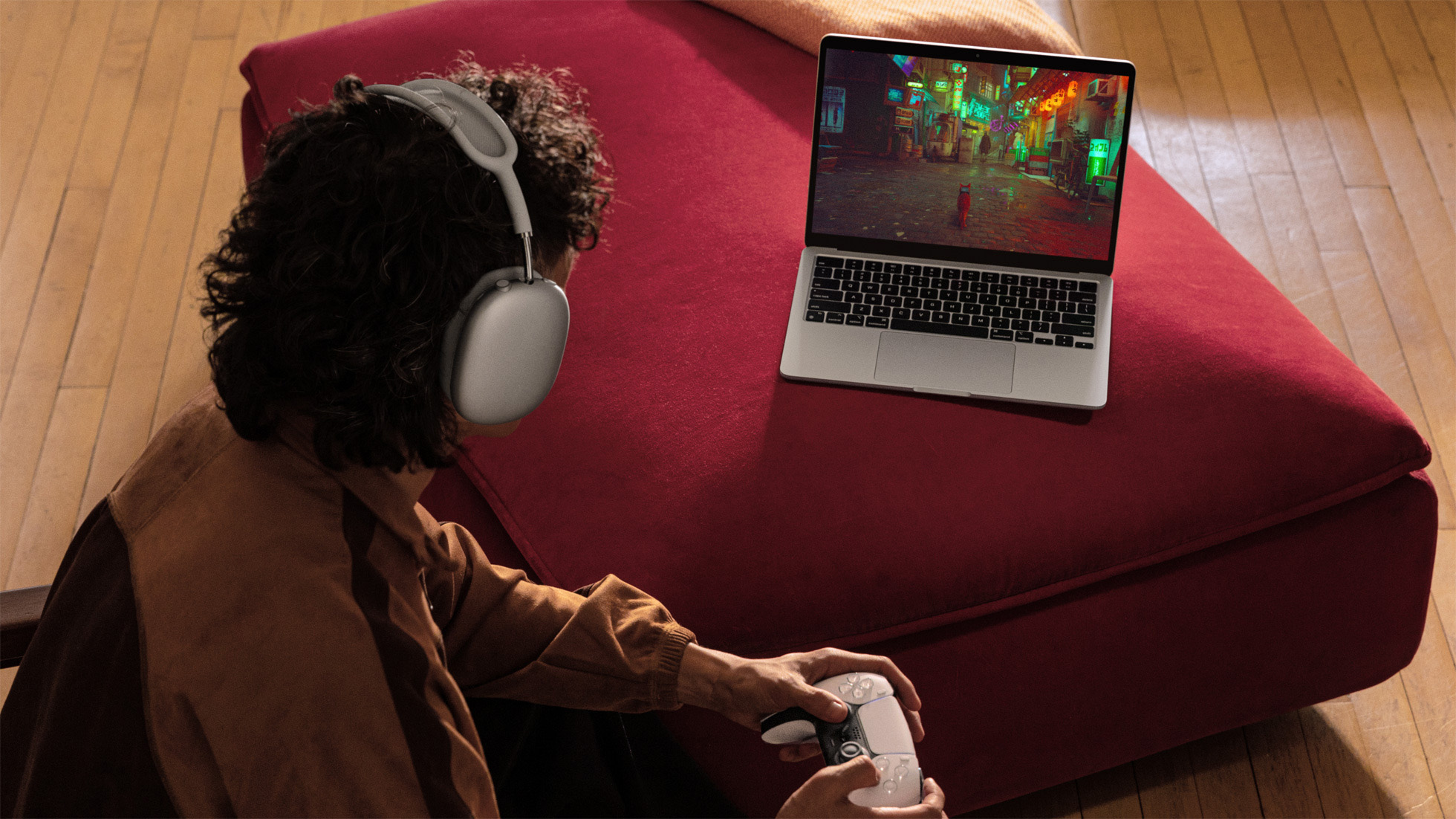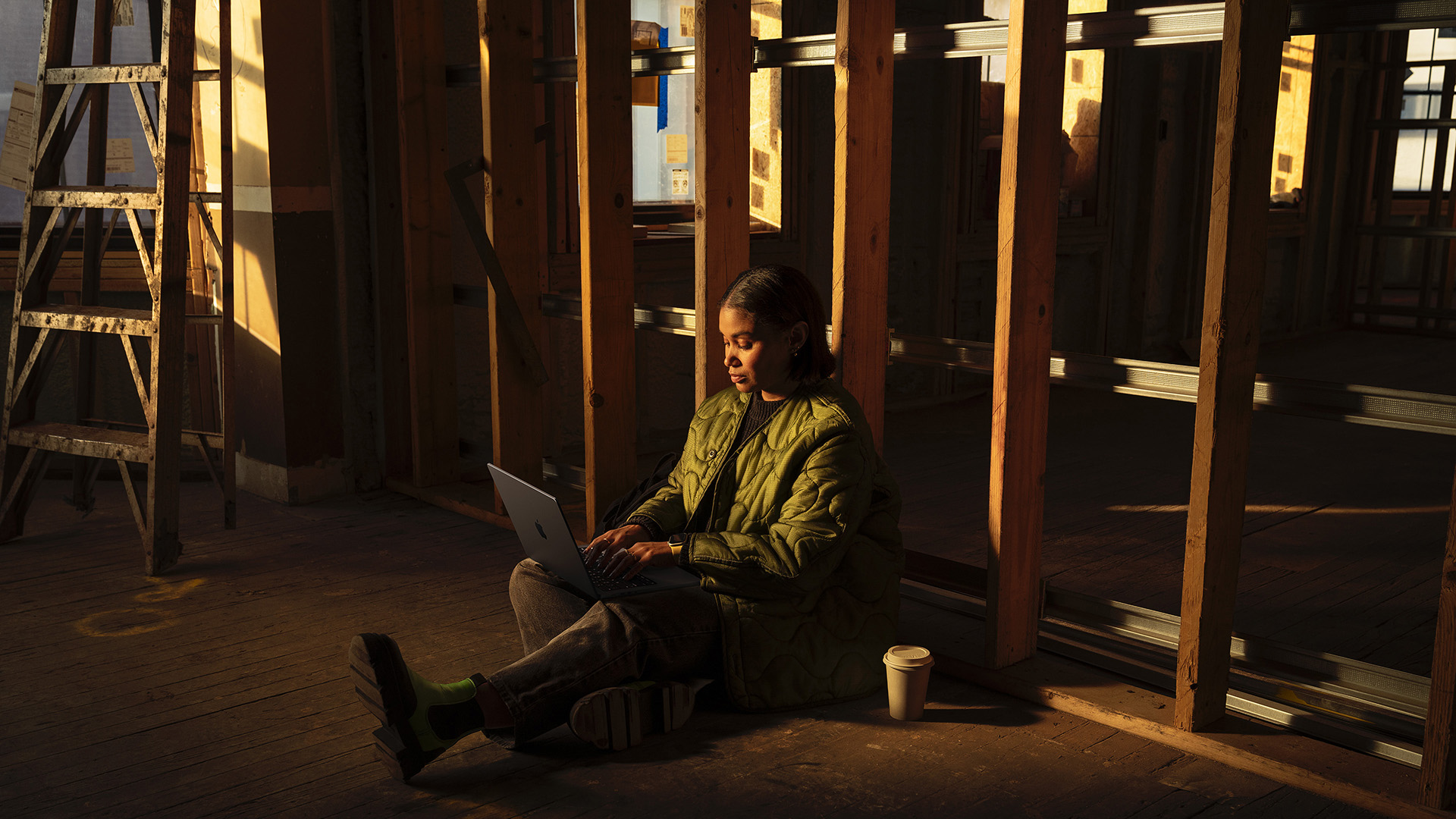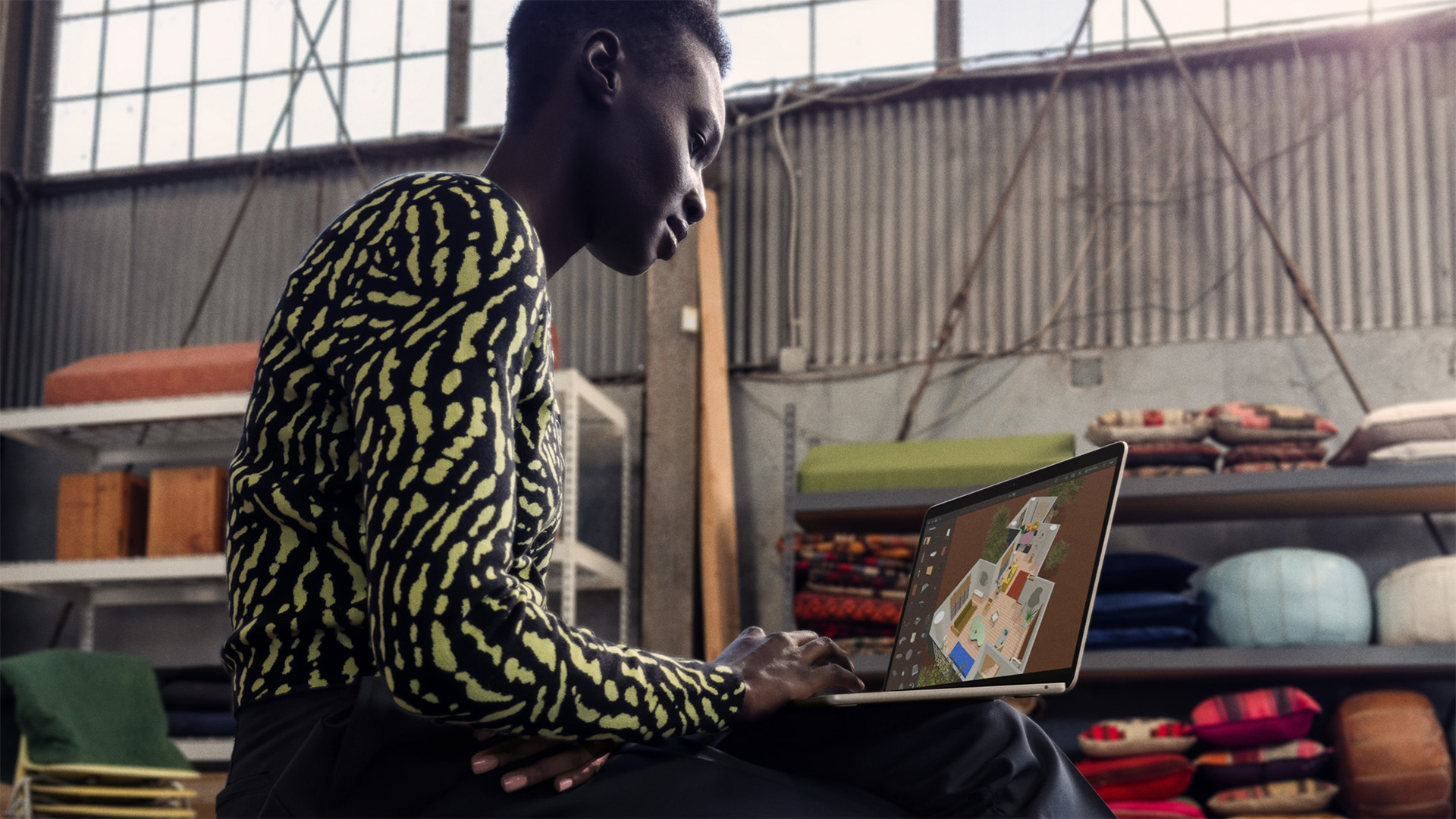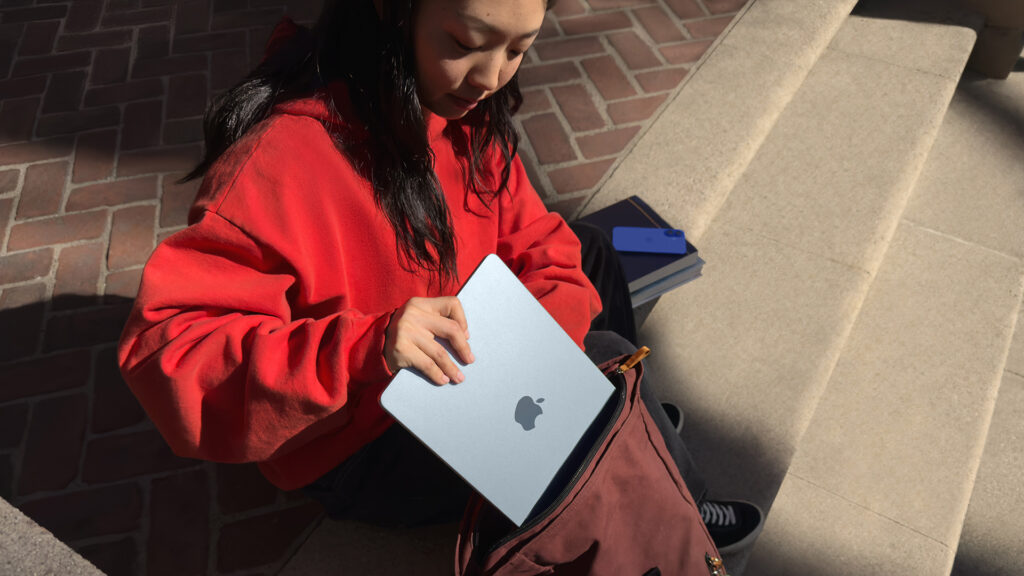I’ve used a MacBook for the last 18 years – since the first year of my degree, which was a year before the first MacBook Air launched (you can do the maths). My first MacBook was white, plastic and lathered with ports, and while the range has changed considerably since – all models now have an aluminium body and fewer ports – it’s remained my laptop of choice for those two decades.
I use a MacBook Pro currently – the M4 model – but I use the Pro mainly for the SD card reader and the nano texture display, the latter of which I’d struggle to live without now. I used the MacBook Air for many years prior to this machine, however, and I can’t recommend it highly enough for those looking for an everyday workhorse.
Here’s where you have some decisions to make, as the MacBook you should buy if you’re heading to university or college will depend somewhat on your degree. They are all exceptionally powerful, so if writing essays and performing general day-to-day tasks is what you need your MacBook for, an Air is more than sufficient. If you’re doing a degree in computer science, or a creative subject such as architecture, product design, photography or film-making, then a MacBook Pro could be the better choice.
So which is the best MacBook for you and what are the differences between the models? I’ve dived into my top three below, but keep reading (you’ll need to get used to doing that as part of your studies) and you’ll learn more about each model, the processors running them, and how to get a discount on them.
T3’s Top 3
The MacBook Air 15-inch (M4) is the model I consider to be the best MacBook overall for most people. The larger 15-inch display allows you to multitask effectively, tiling the screen into four sections if you need to work on several things at once, and it’s still slim and portable despite the bigger screen. The colour options are gorgeous – pick Sky Blue if you want to be a little different – and the M4 processor means it runs smoothly, yet with superb battery life.

If your budget is a little tighter and you’re after something small and lightweight, consider last year’s 13-inch MacBook Air with the M3 processor. It has the same design as the newer model but you can get more storage and higher memory for cheaper than the base model of the MacBook Air (M4). You won’t find it available to buy through Apple, so you’ll need to look at other retailers, but it’s a great value option for those who need an everyday machine.

The MacBook Pro 14-inch with the M4 processor is a brilliant option to choose if you need a portable machine with a few extra ports and a more advanced display (including the option of the nano texture coating). The base model has double the starting storage of the MacBook Air and the screen offers Apple’s ProMotion tech for a smooth scrolling experience. There’s plenty of power under the hood here too, and the speakers are more impressive than the Air.
Apple MacBook: Pricing and Discounts
Apple has a dedicated Education Store, where you will find all the Apple products eligible for student discount. Any current or newly accepted higher education students can get these savings, as well as parents buying for higher education students, and teachers and staff working in education.
You will need to verify your eligibility during checkout on the Education Store website, which you do through UNIDAYS. After that, you’ll be able to buy Apple products, including MacBooks and iPads at a discounted rate.
In terms of pricing, the MacBook Air 13-inch model with the M4 processor starts at £899 through the Apple Education Store, while the MacBook Pro with the M4 processor starts at £1,499. The MacBook Air with the M3 processor and 512GB storage can be snapped up for £949 from retailers like John Lewis but you can’t take advantage of the Apple education savings there.
If you buy a MacBook through Apple before 21 October 2025, you can choose a AirPods 4 with active noise-cancellation, a Magic Mouse, Magic Trackpad or Magic Keyboard with Touch ID and Numeric Keypad at no extra charge. Or you could get the AirPods Pro 2 for £50.
Apple M3 vs M4 Processors: What’s Different?
The M4, M4 Pro, and M4 Max are the latest generation of Apple’s silicon processors, succeeding the M3 family of chips from 2024. The base M4 chip is designed for general productivity and efficiency, as the M3 was – and still is.
The M4 boasts a new 3nm process compared to a 4nm in last year’s M3, however, resulting in better power efficiency. It also has a faster Neural Engine, designed to handle on-device AI and machine learning tasks at a higher rate. The M3 is still more than capable though.
The M4 Pro and M4 Max are where you’ll find the true power, should you need it. The M4 Pro is a big jump over the M4, featuring more processing (CPU) and graphics (GPU) cores, which makes it ideal for more demanding creative work like complex photo editing, software development, and video production.
The M4 Max takes things a step further still, with the highest core counts and huge memory bandwidth to handle the most intensive workflows, such as 3D rendering and professional video editing with multiple 4K streams. It also supports more unified memory than the other models, allowing it to work with larger and more complex projects.
Essentially, the M4, M4 Pro, and M4 Max are different tiers of the same architecture, each tailored to a different level of user, from casual to professional. While the M4 Pro might be beneficial to some university students doing creative subjects, the M4 Max will very likely be overkill considering the cost of these machines.
MacBook Air 15-inch (M4)

(Image credit: Apple)
A new Sky Blue finish was introduced with the 2025 model and the processor was upgraded to the M4, hence the name. There’s not a huge power increase over the M3, which is why that model is still recommended below, but this is an exceptionally capable machine that will handle everyday tasks, as well as some of the more demanding ones, with ease. Storage options start at 256GB – but go for 512GB if your budget allows.
Battery life is exceptional too, lasting well over a typical day. I’ve done many 12-hour flights continuously typing and the MacBook Air has only dropped 40%, so it will more than see you through a day of lectures. Apple Intelligence is supported too so if you do need some help proofreading, or you want to remove an object from the background of a picture, that can easily be done.
MacBook Air 13-inch (M3)

(Image credit: Apple)
There are two USB-C ports alongside the MagSafe connection for charging and 3.5mm audio jack for wired connection to headphones. That means no SD card reader or HDMI, but you can connect an external display via USB-C and there are adapters for anything else.
Like the newer model, the keyboard experience is a delight, the trackpad is responsive, and there’s Apple Intelligence support here too. There are also a number of clever features you can do on Mac if you have an iPhone, but we have a separate feature that explains all of those.
Apple MacBook Pro (M4)

(Image credit: Apple)
The nano texture display option is available on all models (for £150) and, again, I would recommend that as an upgrade if you plan on working outside a lot or near windows. It’s brilliant at cutting out reflections, and it makes for a lovely viewing experience.
You get a couple of extra ports on this model compared to the MacBook Air – which is one of the reasons to opt for it if ports are important to you – while the 120Hz ProMotion technology on the display makes this the better MacBook if you plan on doing any gaming in between lectures and studies.
Verdict: Which Apple MacBook wins?

(Image credit: Apple)
The Apple MacBook Air 15-inch (M4) is my top recommendation for the best MacBook for most students. If you want to save some cash, however, then the 13-inch version is cheaper and more portable.
There are some courses where you might find the MacBook Pro and its smoother screen and extra ports is beneficial. There are also some degrees, like photography or video editing, that may benefit from the M4 Pro processor that’s available – so if you’re likely to be handling a lot of Raw image files or high-resolution video then it’s a good option.
On the whole though, the MacBook Air 15-inch (M4) offers plenty of power, portability even in the larger display model, and an absolutely stellar battery life. It’s a fantastic MacBook for everyday use, but it can handle some more intense tasks too.
Honorable mentions
When I pulled this list together, I considered all of the MacBooks in Apple’s current lineup, as well as older models. While I chose to include the MacBook Air (M3) in my top three, the MacBook Air (M2) was also considered and could be a good option if you want a MacBook but the models above are out of budget.
I also considered including the MacBook Pro with M4 Pro chip, which is a superb machine with heaps of power and performance. I decided I thought it was too expensive for the top three, given the majority of students wouldn’t need this much power, but that it deserved a mention for those that might be able to utilise it.
If you want a MacBook Pro with a 16-inch display, you can only get this with a M4 Pro chip, though you could opt for last year’s M3 Pro if you can find a good deal. It’s much more expensive, but it’s the largest display of any MacBook – much as I’d recommend using an additional, separate monitor where possible.


